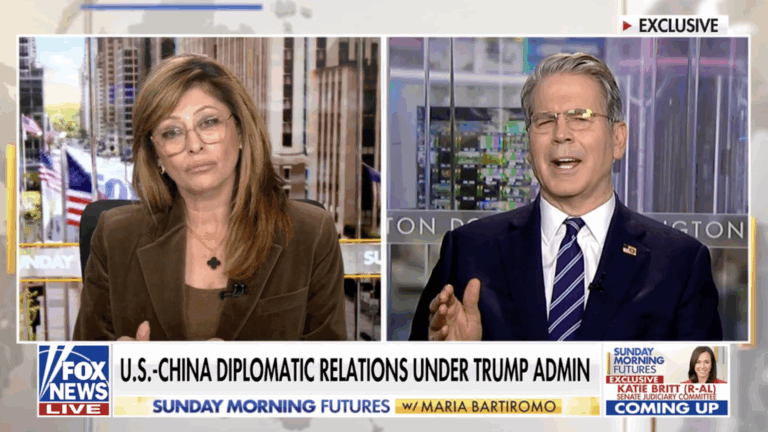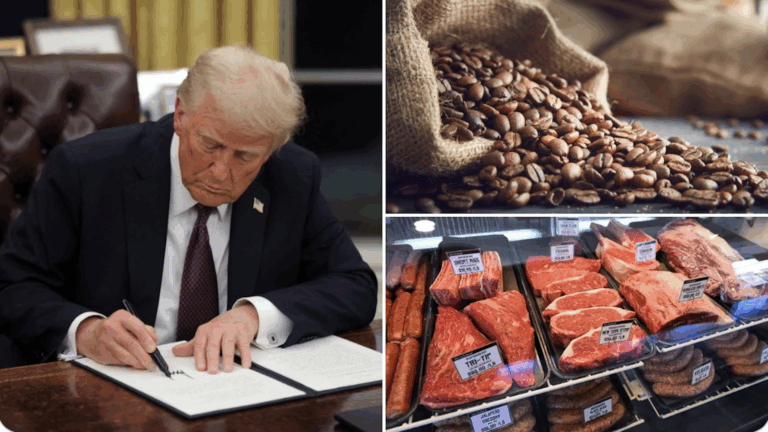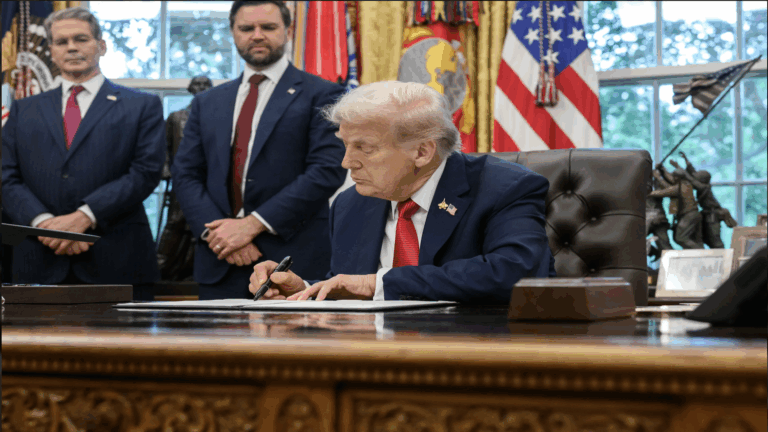Key Takeaways
- Six Critical Technologies Identified: The War Department is narrowing its focus to six priority areas such as Applied AI, Quantum systems and Scaled Hypersonics to accelerate innovation and deliver faster results to the battlefield.
- AI First Defense Strategy: The initiative aligns with President Trump’s Artificial Intelligence Action Plan, pushing the Department to adopt AI at every level from logistics to intelligence synthesis.
- Resilient Warfighting Capabilities: New investments in biomanufacturing, contested logistics and directed energy systems aim to ensure U.S. forces can fight, resupply and win even when traditional supply lines are disrupted.
The Department of War is shaking up America’s defense playbook with a bold new strategy aimed at countering emerging threats and reclaiming battlefield dominance. At the center of the effort is Falcon Peak, a cutting edge program designed to shield U.S. military bases from the growing danger of drone surveillance. Instead of reacting slowly, the agency is leaning into innovation and prioritizing speed, precision and technological freedom.
Under Secretary of War for Research and Engineering Emil Michael says it is time for a sharper focus. In a Nov. 13 memo, he explained that the Department is trimming its research priorities from fourteen categories to six targeted Critical Technology Areas that will drive the next generation of military capability. “The previous list of fourteen CTAs did not provide the focus that the threat environment of today requires,” Michael wrote.
Those six areas tell the story of where modern conflict is headed: Applied AI, Biomanufacturing, Contested Logistics Technologies, Quantum and Battlefield Information Dominance, Scaled Directed Energy and Scaled Hypersonics. Each will move forward through rapid technology sprints that take ideas from prototype to battlefield faster than traditional acquisitions ever allowed.
Secretary of War Pete Hegseth said the streamlined plan puts America’s military firmly back in the lead. “Our nation’s military has always been the tip of the spear,” he said. “Under Secretary Emil Michael’s six Critical Technology Areas will ensure that our warriors never enter a fair fight.”
The initiative dovetails with President Donald Trump’s Artificial Intelligence Action Plan, which calls for an “AI-First” War Department. Michael emphasized that AI, advanced logistics and biomanufacturing will give U.S. forces the resilience to fight, resupply and win even when traditional support lines are cut.
Michael made it clear that execution will require tight coordination among the Pentagon, private industry and America’s allies. With focused investment and a pro innovation mindset, the War Department aims to ensure the United States stays far ahead of its rivals in every domain.









